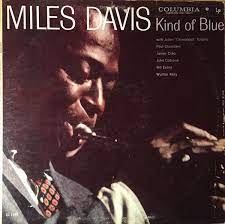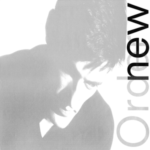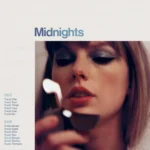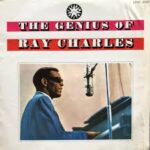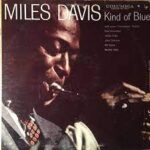 Miles Davis’ “Kind of Blue” is widely considered to be one of the greatest jazz albums of all time, and for good reason. Released in 1959, it features a group of jazz legends at the height of their powers, including Davis himself on trumpet, John Coltrane on tenor saxophone, Cannonball Adderley on alto saxophone, Bill Evans and Wynton Kelly on piano, Paul Chambers on bass, and Jimmy Cobb on drums. The album is known for its groundbreaking modal jazz style, which eschews traditional chord progressions in favor of more open-ended, improvisational structures. Here’s a track listing for the album, along with a brief review of each track:
Miles Davis’ “Kind of Blue” is widely considered to be one of the greatest jazz albums of all time, and for good reason. Released in 1959, it features a group of jazz legends at the height of their powers, including Davis himself on trumpet, John Coltrane on tenor saxophone, Cannonball Adderley on alto saxophone, Bill Evans and Wynton Kelly on piano, Paul Chambers on bass, and Jimmy Cobb on drums. The album is known for its groundbreaking modal jazz style, which eschews traditional chord progressions in favor of more open-ended, improvisational structures. Here’s a track listing for the album, along with a brief review of each track:
“So What” – The opening track and perhaps the most famous song on the album, “So What” features a simple, repeating bass line and a haunting melody that serves as a launching pad for some incredible improvisations from Davis and Coltrane.
“Freddie Freeloader” – A bluesy track with a catchy melody, “Freddie Freeloader” features a memorable solo from Cannonball Adderley on alto saxophone.
“Blue in Green” – A beautiful ballad with a melancholy, introspective feel, “Blue in Green” features some stunning piano work from Bill Evans.
“All Blues” – Another bluesy track, “All Blues” features some excellent solos from Davis and Coltrane, as well as some innovative use of harmonies and rhythm.
“Flamenco Sketches” – The final track on the album, “Flamenco Sketches” is a series of improvisations based on a simple modal structure. The track showcases the incredible interplay between Davis and his bandmates, and features some of the most beautiful and inventive jazz playing ever recorded.
Overall, “Kind of Blue” is a true masterpiece of jazz music, featuring some of the greatest musicians of all time at the top of their game. The album’s modal jazz style would go on to influence generations of jazz musicians, and it remains a timeless classic that continues to captivate listeners to this day. Whether you’re a longtime jazz fan or just getting into the genre, “Kind of Blue” is an essential addition to any music collection.
This post has already been read 432 times!
